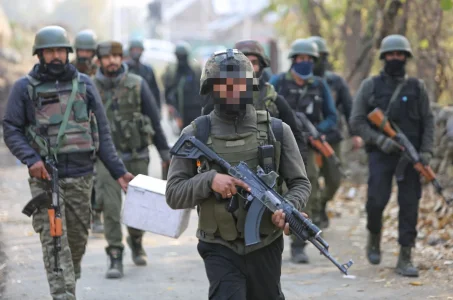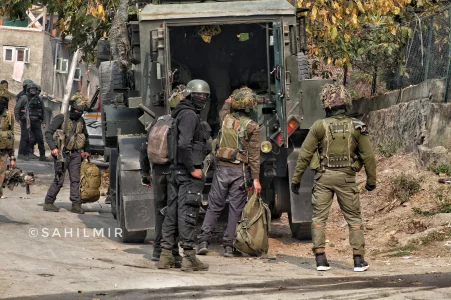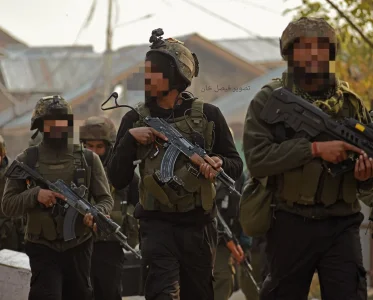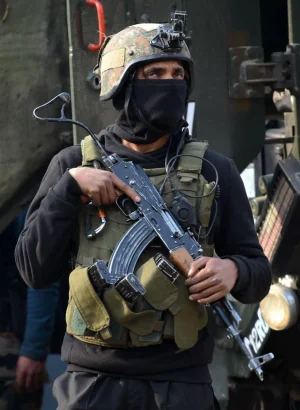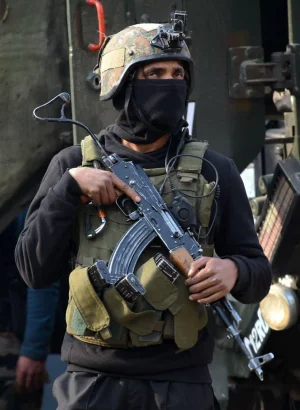While most of the time, whenever I have been a part of trials of our products, I have met good Jawans and officers but I had 2 cases where the officers humiliated our sincere efforts. My boss is an ESM officer, my father is an ESM, and I left a high-paying IT job to follow my passion for military service (I could not join for medical reasons). I was insulted for a small and simple mistake that a new company is bound to make which works on minimal resources developing everything from scratch, in front of so many people. If a bloody civilian can be insulted for small mistakes, why do armed forces officers think they can't be insulted similarly?
I have simple advice for people like Hellfire, which I also try to follow. To become Mahadev you have to drink poison, or else you can very well be Indra (being delulu of power just because you are the Lord of Devas but run to the Tridev when shit hits the fan).
It is always better to hear the critiques than the sycophants. IA is supposed to save the people of India, their motto is service before self. But then they will go off on some abusive language used to criticize them which was needed for the situation they made.
There was a tender for AK mod by them some time ago, and believe me, I was shocked to see such a nicely framed QR. It appeared to be properly researched and suited to the needs of the environment they work (not the usual copy-paste FAB specs). Sadly we couldn't participate in it as we didn't even have designs ready for something like that. I just hope that tender didn't get axed/watered down due to non-compliance with vendor offerings


